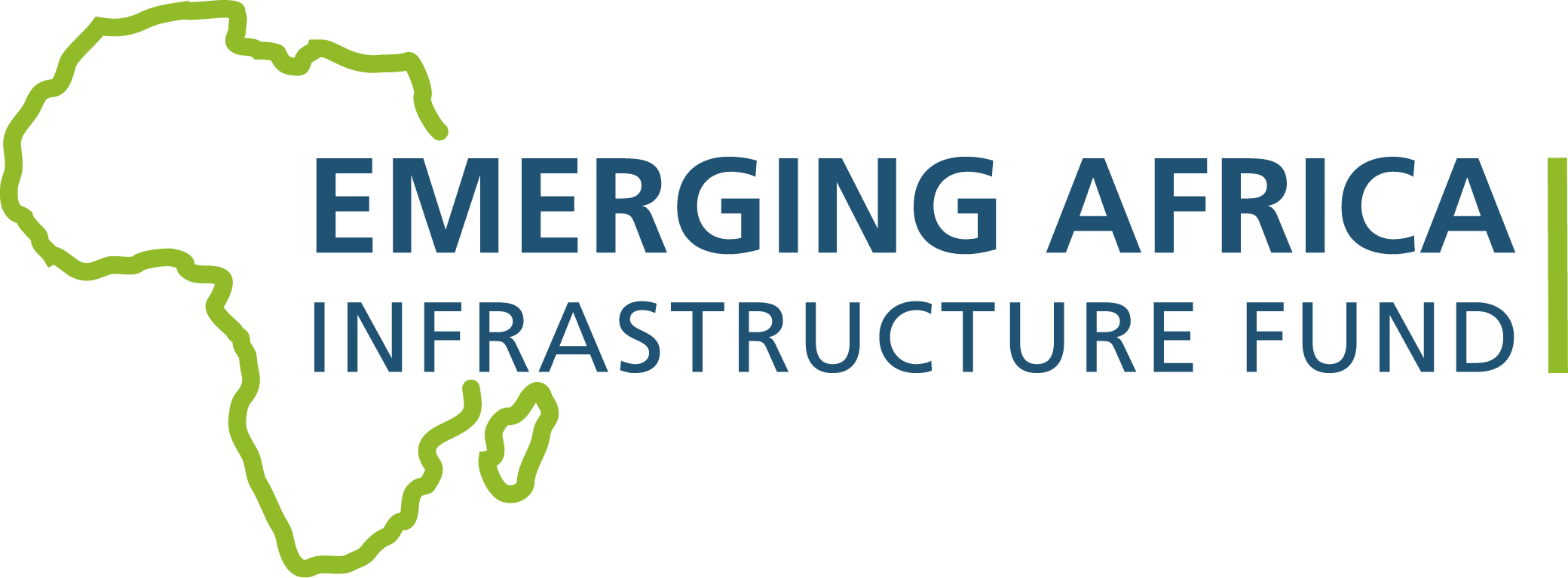
EAIF invests US$40 million in Guinea
The Emerging Africa Infrastructure Fund (EAIF), part of the Private Infrastructure Development Group (PIDG), is supporting investment in a large-scale project that will see expanded rail and port facilities in Guinea, driving economic growth in one of Africa’s poorest countries.
- Helping create a new trade corridor
- At least 3% GDP growth boost predicted
- c 1,000 new jobs created
EAIF is lending the Guinea Alumina Corporation (GAC) US$40 million over 14 years, as part of a US$750 million debt package being led by the International Finance Corporation (IFC). The majority of the capital will be used to finance port and marine facilities, the railway and associated infrastructure. The development of a greenfield bauxite mine, that will produce 12 metric tonnes of bauxite a year for export, will account for some 6% of the investment. Financial close was achieved on 26th April.
Efficiently moving high volumes of crushed bauxite from the mine to the port requires the existing railway line to be upgraded and 27.7km of new tracks laid. The railway is currently used by passenger and goods traffic. The additional and more efficient rail capacity is expected to deliver more economic activity and greater passenger traffic.
A 2.7km ‘marine trestle’ is under construction at Kamsar port. It will transport the bauxite from the port railhead to barges. A multi-use container quay, currently being utilised by GAC, was completed in 2016. As the local economy strengthens, the new infrastructure has the potential to stimulate the creation of a trade corridor in the region and open up the container facility to more local and international traffic. Guinea’s main port of Conakry is 250km away, so the Kamsar port offers strong future potential for growth.
EAIF Executive Director Emilio Cattaneo said:
“This project aligns with PIDG’s focus on infrastructure development in the world’s poorest countries, and once completed, is expected to add at least 3% to GDP. Construction work is already well advanced, and at peak employed over 4,600 people. The mine and its allied infrastructure will provide permanent jobs to approximately 1,000 people.”